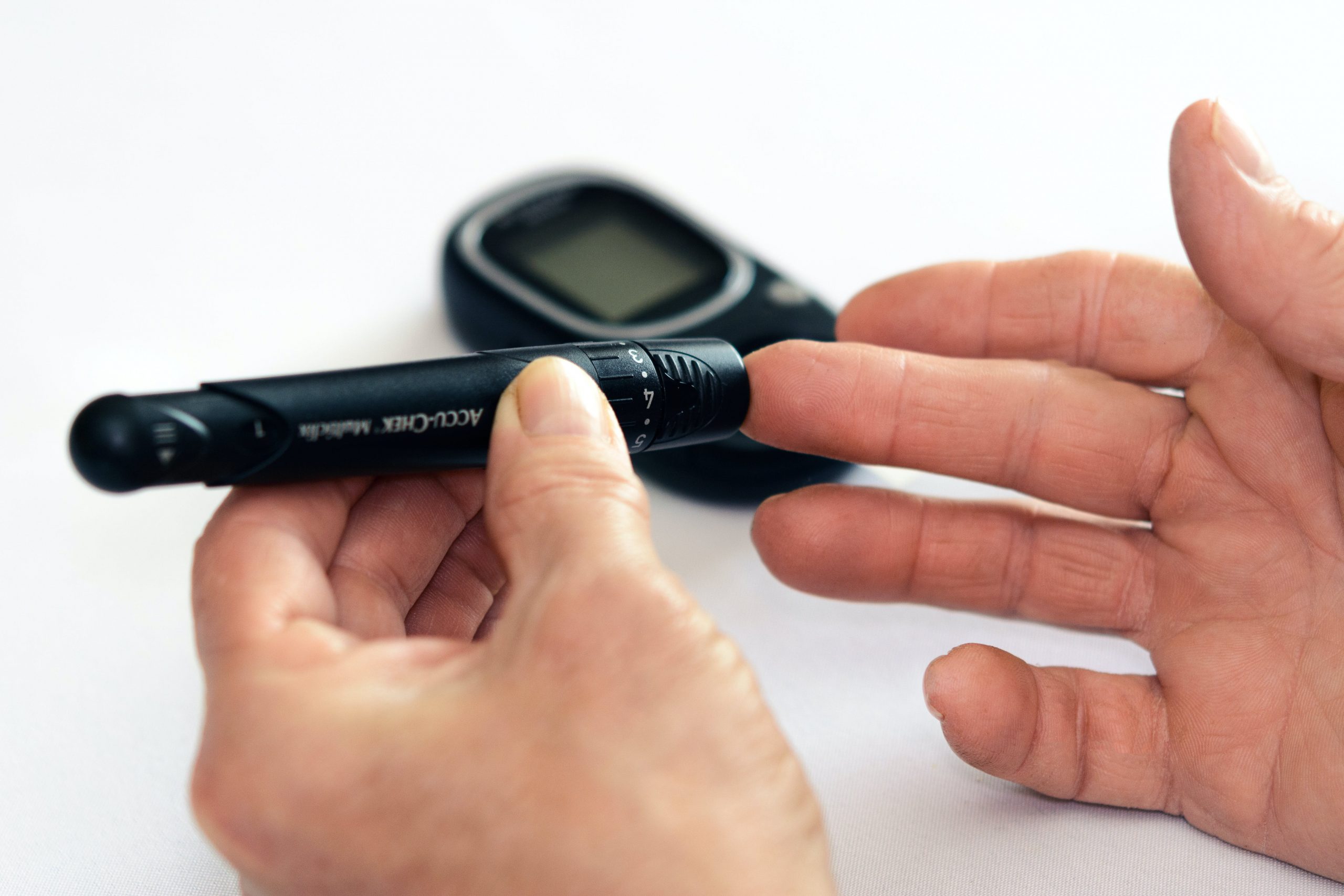Understanding Diabetes: Types, Symptoms, and Effective ManagementUnderstanding Diabetes: Types, Symptoms, and Effective Management
Diabetes is a chronic condition that significantly impacts the body’s ability to regulate blood sugar levels. Two primary forms of diabetes exist: Type 1 and Type 2. While they share the common characteristic of affecting sugar usage in the body, their causes, symptoms, and management strategies differ.
Type 1 Diabetes – Understanding the Basics
Type 1 diabetes, also known as type 1 “diabetes mellitus,” results from the body’s inability to produce sufficient insulin. Insulin, a hormone crucial for sugar absorption into cells, becomes deficient or ineffective in people with type 1 diabetes. This leads to a buildup of sugar in the bloodstream.
Symptoms of Type 1 Diabetes:
-Intense thirst
-Fatigue
-Frequent urination
-Unintended weight loss
-Blurred vision
-In severe cases: nausea, vomiting, abdominal pain, and breathlessness
Diagnosis involves a blood test to measure blood sugar levels. Treatment primarily revolves around vigilant blood sugar monitoring and the administration of insulin either through injections or an insulin pump. Patients also focus on meal planning and physical activity to manage blood sugar levels effectively.
Regular medical check-ups, typically 3-4 times a year, help in evaluating blood sugar control through tests like A1C, while also assessing overall health aspects such as blood pressure and cholesterol levels.
Type 2 Diabetes – Exploring the Fundamentals
Unlike type 1 diabetes, where the body produces little to no insulin, type 2 diabetes arises when the body develops insulin resistance. Initially, cells do not respond effectively to insulin, eventually leading to decreased insulin production by the pancreas.
Symptoms and Diagnosis of Type 2 Diabetes:
- Frequent urination
- Excessive thirst
- Blurred vision
- Type 2 diabetes often exhibits no symptoms initially.
Diagnosis involves blood tests measuring either current blood sugar levels or average blood sugar levels over a few months (hemoglobin A1C).
Managing type 2 diabetes emphasizes lifestyle changes such as maintaining a healthy diet and regular exercise. Additionally, medications might be prescribed to regulate blood sugar levels. Carepath serves as an excellent platform offering guidance on lifestyle adjustments and medication adherence.
Importance of Managing Diabetes
Both types of diabetes, if left unmanaged, can lead to severe health complications, including heart disease, stroke, kidney issues, vision problems, nerve damage, and amputations. Therefore, meticulous management involving blood sugar control, maintaining a healthy lifestyle, and monitoring overall health is imperative.
Prevention and Pregnancy Concerns
Type 2 diabetes can be prevented or delayed by adopting a healthy lifestyle, focusing on a balanced diet, regular exercise, and quitting smoking. For individuals with diabetes planning pregnancy, meticulous blood sugar control before and during pregnancy is essential to ensure a healthy outcome for both the mother and baby.
Carepath serves as an invaluable resource for individuals grappling with type 1 and type 2 diabetes. It offers comprehensive guidance on managing the condition, including blood sugar monitoring techniques, insulin administration methods, and lifestyle adjustments to maintain a balanced and healthy life.
In conclusion, understanding the differences between type 1 and type 2 diabetes, recognizing symptoms, regular medical check-ups, effective management strategies, and utilizing valuable resources like Carepath are crucial steps in navigating life with diabetes and mitigating associated health risks.
